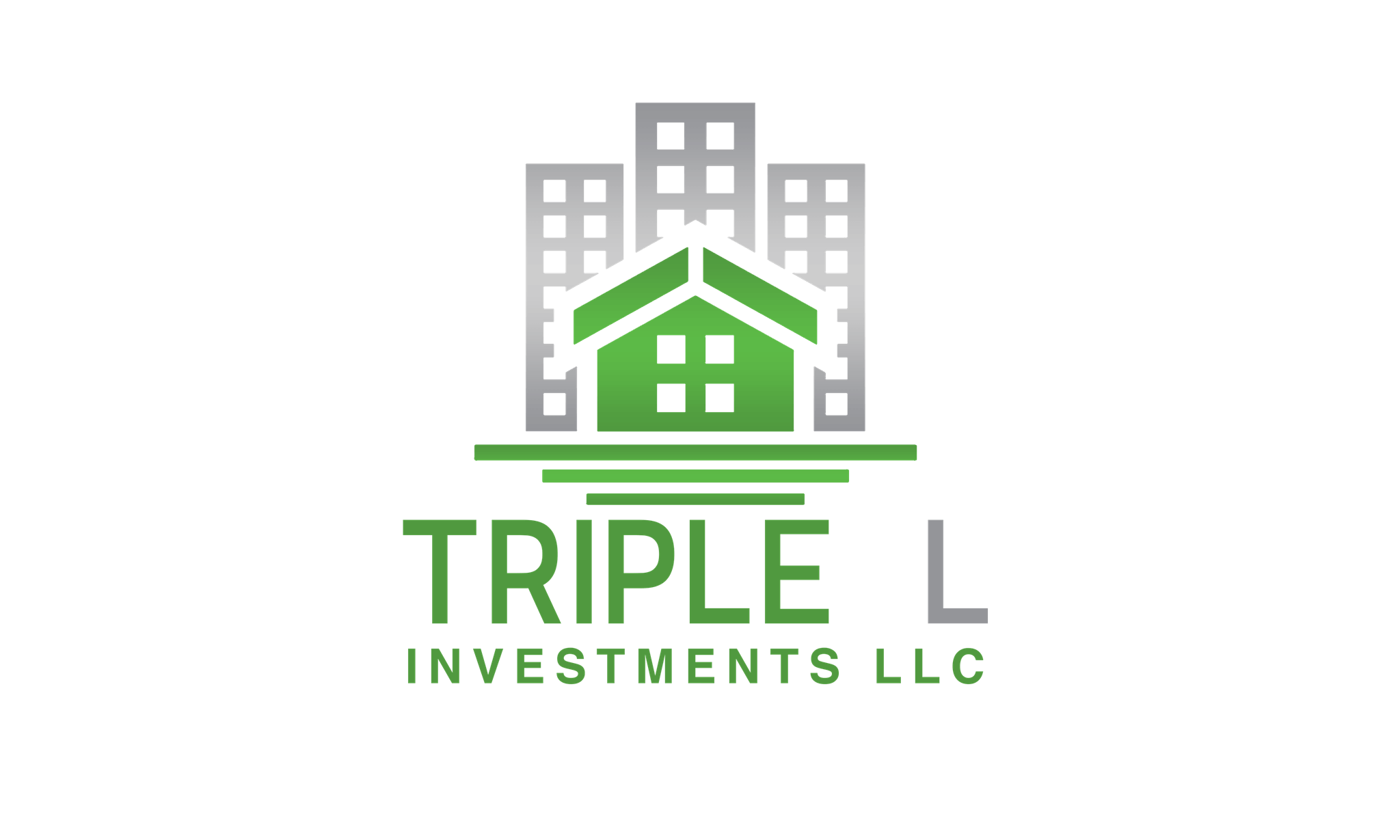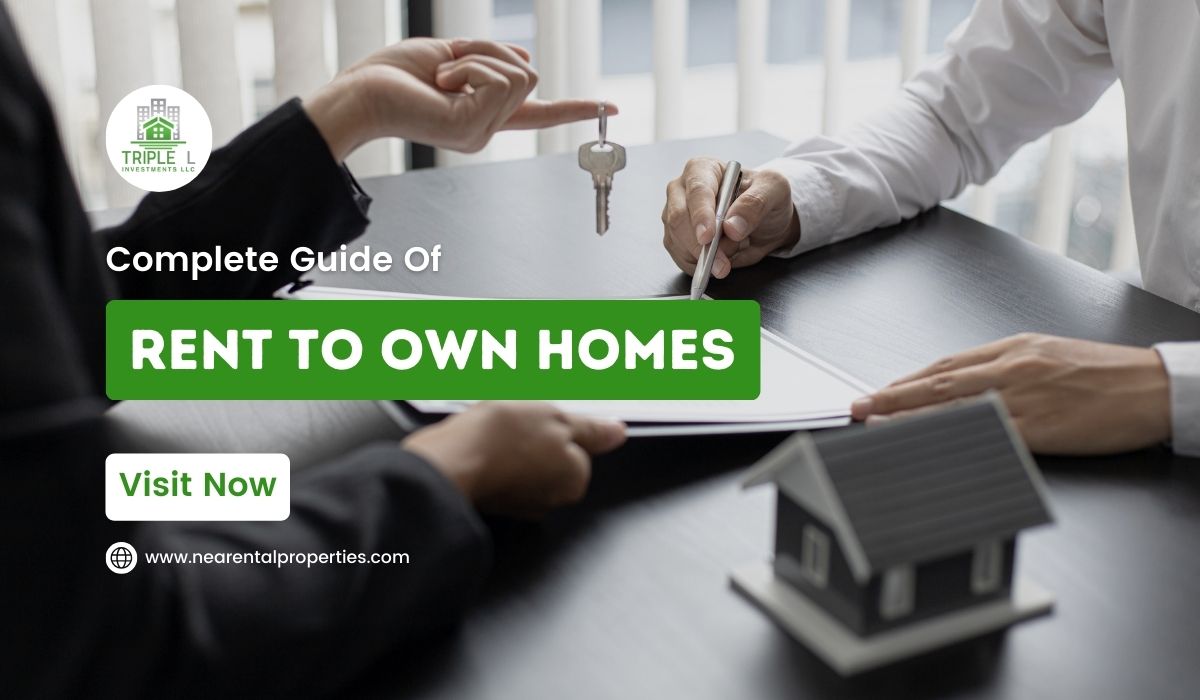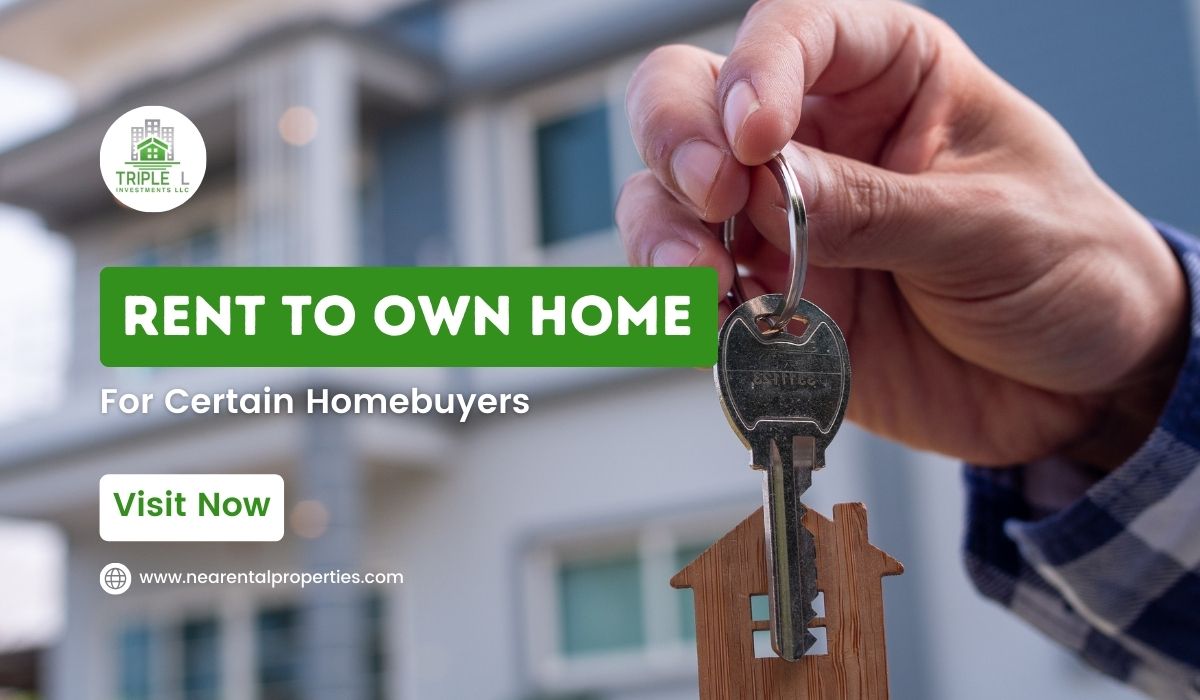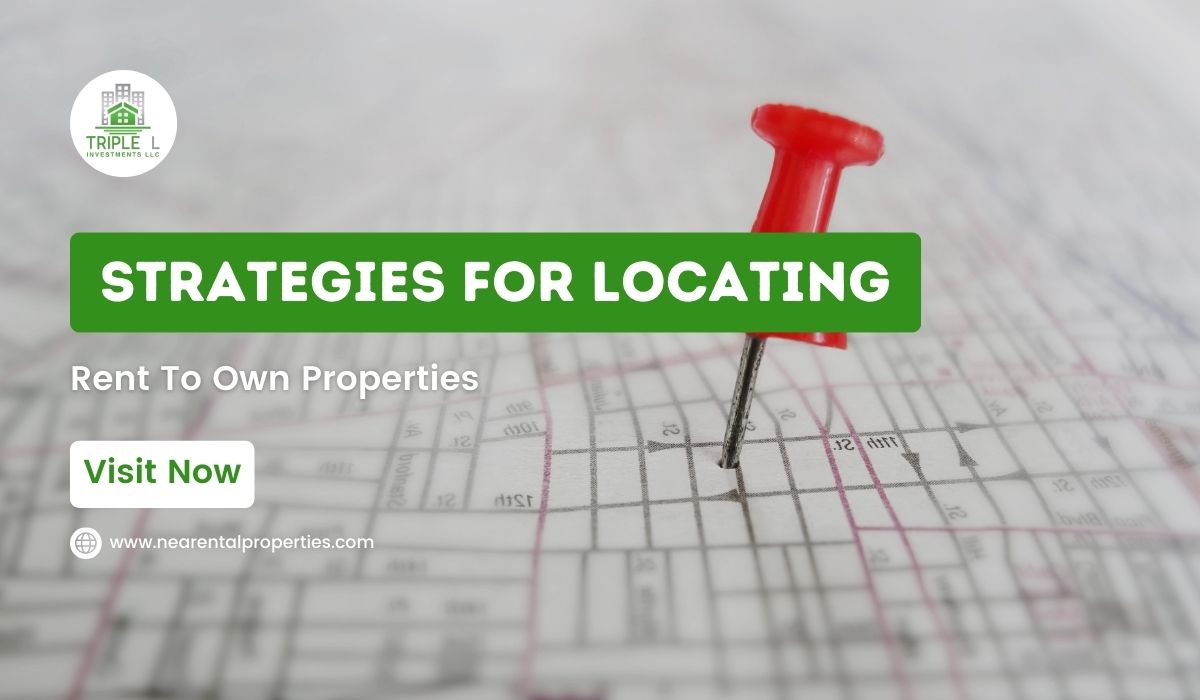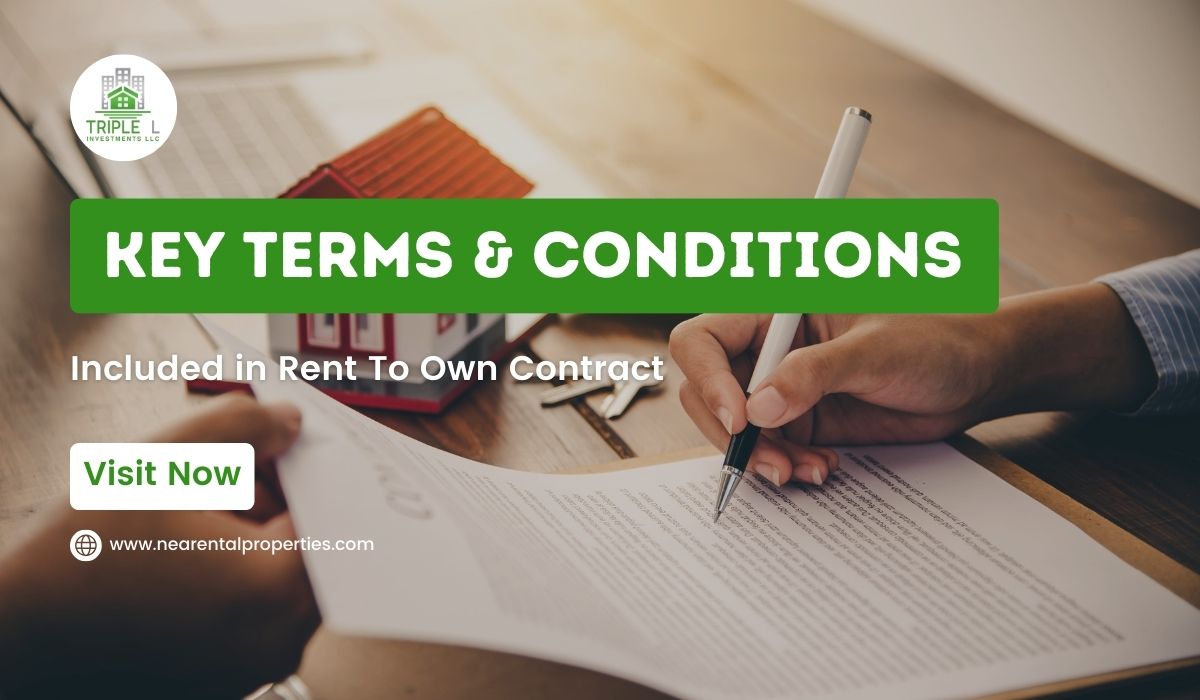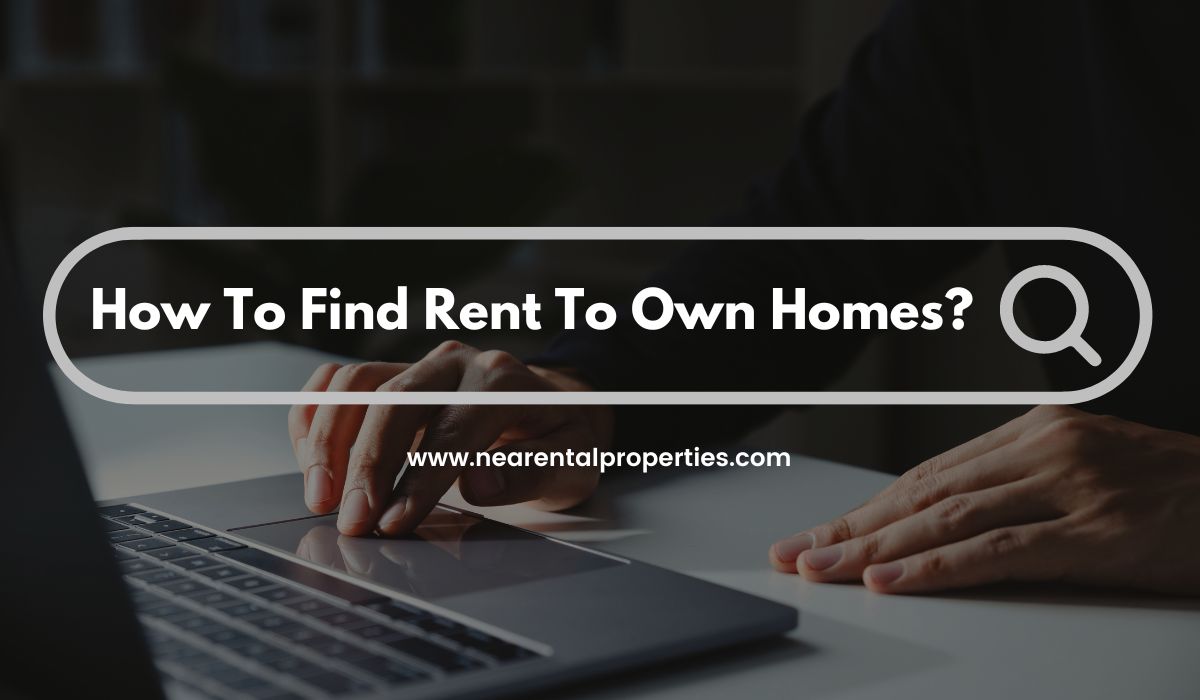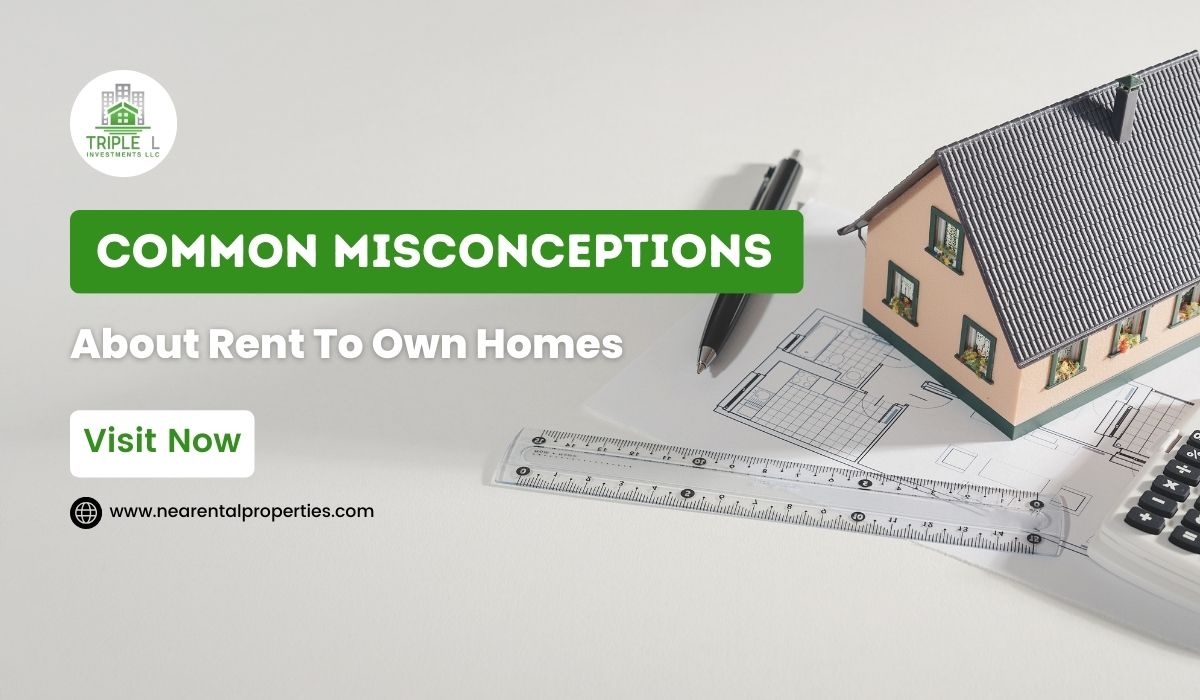An individual can lease a property initially with the option of buying it later through rent-to-own homes. In this unique arrangement, tenants enter into a contractual agreement with the property owner.
They pay rent for a specified period while also having the option to purchase the property at a predetermined price. This idea connects the divide between renting and buying.
Rent payments build equity while tenants experience a property before committing to it in the long term. If you cannot afford a down payment or have less-than-perfect credit, rent-to-own agreements can be a great option.
Renting a home enables individuals to improve their credit scores, reduce initial expenses, and increase housing options. Throughout this guide, we’ll explore the advantages, drawbacks, qualifications, and strategies for successfully navigating a rent-to-own agreement.
Rent-to-Own Concepts
People contemplating this alternative route to homeownership must have a solid grasp of the rent-to-own concept. Under a rent-to-own agreement, tenants can lease a property for a set duration, usually one to three years.
At the end of the lease term, tenants have the choice to buy the property at a prearranged price. As tenants progress towards homeownership, they can reside in their preferred home while renting.
While renting, tenants will also be responsible for some of the property’s future purchase price. In a rent-to-own agreement, tenants can evaluate properties, determine their suitability, and save for a down payment.
Rent-to-own is a feasible option for those facing obstacles to traditional home ownership, such as limited savings or imperfect credit. A solid understanding of rent-to-own empowers individuals to explore this option and make well-informed housing decisions confidently.
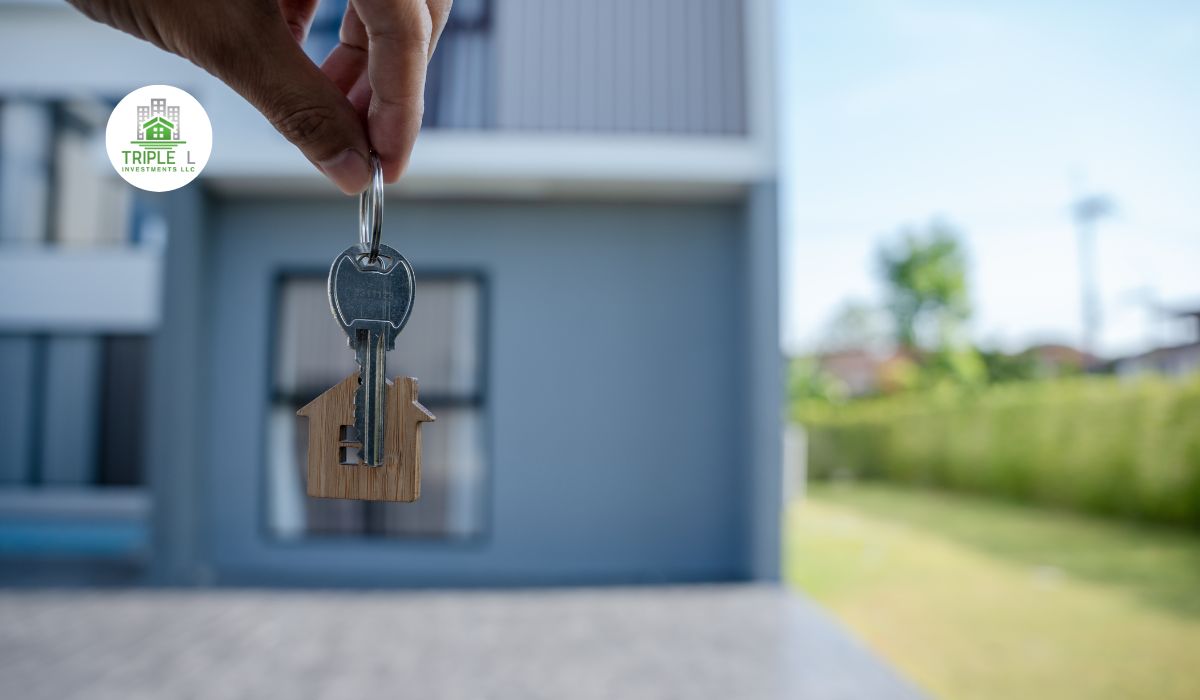
Rent-to-Own Agreement Components
Rent-to-own agreements have several important terms and conditions that regulate the tenant-buyer-landlord-seller relationship.
- First, the lease agreement specifies the tenant’s one- to three-year stay.
- Second, renters pay an option fee to buy the property at the start of the lease.
- Thirdly, both parties establish the purchase price before and throughout the lease, ensuring price security.
A landlord may also benefit from rent credits applied to the purchase price, as in traditional renting. The agreement also specifies property maintenance and repair duties. Finally, termination clauses safeguard tenant-buyers and landlord-sellers during the rent-to-own process by defining how the agreement can be ended.
Rent-to-Own Process
Rent-to-own homes offer a novel solution for homebuyers who have encountered challenges. Tenants can lease a property and buy it at a predetermined price after one to three years.
The flexibility of rent-to-own lets tenants progressively become homeowners while living in the property. Rent-to-own arrangements allow renters to accumulate equity and become homeowners. A portion of the rent contributes to the purchase of a home.
Understanding rent-to-own homes requires understanding lease terms, option fees, purchase price, and tenant and landlord responsibilities. By understanding rent-to-own options, people can acquire homeownership.
Rent-to-Own Benefits
Rent-to-own homes offer many advantages for those seeking homeownership. Financial flexibility is a major benefit of rent-to-own properties. Rent-to-own arrangements let people become homeowners without a big down payment by building equity through rent payments.
It allows tenants to explore multiple houses and neighborhoods to find a better fit for their lifestyle. Rent-to-own arrangements also allow people with bad credit to repair their credit over time, improving their chances of getting a mortgage and becoming homeowners.

Considerations and Risks
There are both risks and benefits to renting and owning a home. Rent-to-own agreements offer financial freedom and homeownership, but tenants and landlords must carefully negotiate their dangers.
The renter may forfeit option payments and rent credits if they do not exercise the purchase option. Tenants should also be mindful of the dangers of shifting property values and market conditions. This may affect the home’s appeal and affordability after the lease term.
To minimize confusion about rights, responsibilities, and obligations, both parties must read and understand the rent-to-own agreement. Recognizing and addressing these risks and factors upfront helps people make educated decisions and reduce rent-to-own issues.
Property Search for Rent-to-Own
Rent-to-own houses can be exciting and gratifying for those seeking a flexible path to homeownership. Traditional house ownership may be too expensive or require strict eligibility in today’s market. Finding rent-to-own properties requires extensive research and channel discovery.
Prospective tenants can find rent-to-own properties online using real estate websites, social networking platforms, and rental listing sites. Engaging with local real estate agents or rent-to-own firms can also provide valuable insights and exclusive listings.
Also, look for rent-to-own opportunities on community bulletin boards, local newspapers, and word-of-mouth. Searching multiple places increases your chances of finding the right property.
Legal Aspects of Rent-to-Own
Landlords and tenants must grasp the legal and financial aspects of rent-to-own. This section covers the complex legal and financial aspects of rent-to-own agreements. In order to reach a mutually beneficial agreement, both parties must manage difficult contractual and financial issues.
Legal concerns include preparing a comprehensive lease agreement that details the rent-to-own arrangement’s option fee, purchase price, and rent credits. Protecting interests requires understanding tenant and landlord rights and dispute resolution methods. Assessing the agreement’s financial feasibility includes rent affordability, down payment funds, and mortgage qualification conditions.
Tenants must also consider market changes in property values and long-term homeownership affordability. By thoroughly reviewing the legal and financial aspects, landlords and tenants can confidently enter into rent-to-own arrangements, ensuring a smooth housing transition.
Conclusion: Is Rent-to-Own Right for You?
To decide if rent-to-own is best for you, assess the pros and downsides. Rent-to-own arrangements allow people to gradually become homeowners, generating equity and the option to test-drive a property before buying.
Before signing, you should evaluate your finances, long-term goals, and readiness for homeownership. Consider your credit score, down payment money, economic stability, and future housing demands. Additionally, review the rent-to-own agreement’s purchase price, rent payments, maintenance obligations, and termination conditions.
If necessary, seek professional guidance to verify the arrangement meets your goals and finances. To decide if a rent-to-own house is right for you, assess your circumstances and housing ambitions.
Frequently Asked Questions
The concept of rent-to-own refers to renting a property with the option of buying it later.
After a set period, typically one to three years, rent-to-own involves leasing a property with the option to purchase it at a predetermined price.
It outlines the lease term, the option fee, the purchase price, and the rent payments and responsibilities.
Tenants, like homeowners, are usually responsible for the maintenance and upkeep of a property.
A rent credit is a portion of a monthly rent payment that accumulates toward the eventual purchase price.
With the landlord’s approval, tenants can sometimes make improvements under their leases.
Rent-to-own agreements are legally binding contracts that outline both parties’ responsibilities and rights.
